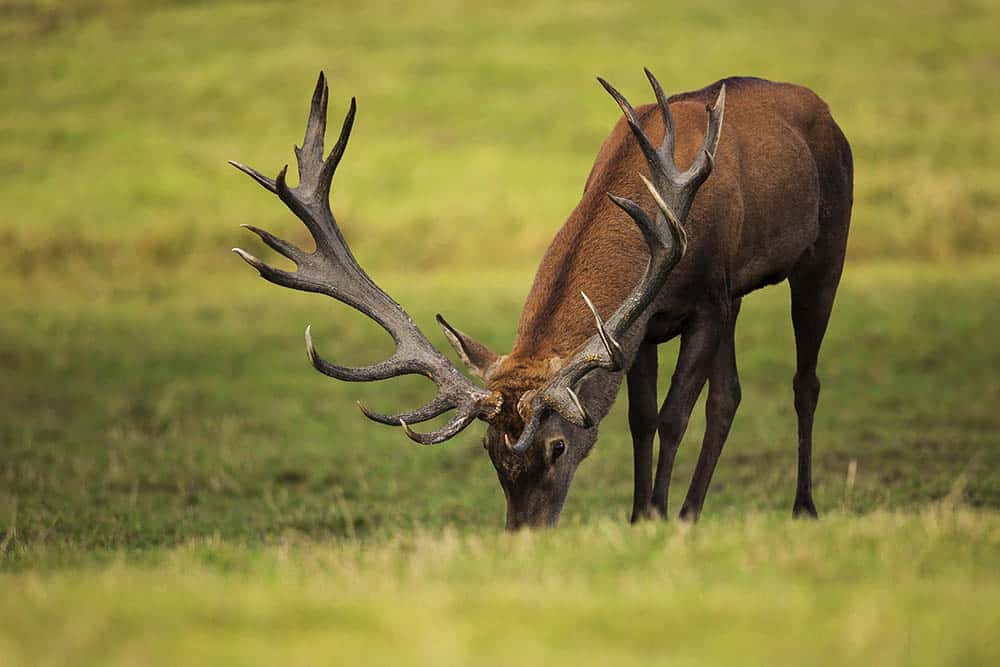Why Protected Areas are Essential for Our Planet’s Survival
As human activities continue to have negative effects on our planet, protecting the environment is crucial to ensure the survival of humans and other species. One of the ways to protect the environment is through the establishment of protected areas. These areas, which may be national parks, wildlife reserves, or wilderness areas, are designated by governments to maintain natural ecosystems and biodiversity.
Here are four reasons why protected areas are essential for our planet’s survival:
1. Preserving Biodiversity
Biodiversity refers to the variety of living organisms on earth, ranging from tiny microorganisms to massive elephants. Protecting biodiversity is crucial to maintain ecosystem stability, as each species plays a role in regulating the environment.
Protected areas preserve biodiversity by providing habitats for various species. These areas also allow for the movement of animals, which is essential for maintaining genetic diversity and preventing inbreeding, leading to stronger and healthier populations.
In addition to their ecological benefits, protected areas also can generate economic benefits. Ecotourism, for instance, provides jobs and revenue for local communities. Protected areas can also serve as “living laboratories” for scientific research, providing a better understanding of ecosystems and leading to potential discoveries of new medicines and technologies.
2. Climate Change Mitigation
Climate change is real, and it poses a significant threat to our planet. The burning of fossil fuels and land-use changes, such as deforestation, continue to emit greenhouse gases into the atmosphere, causing global temperatures to rise.
Protected areas play a critical role in mitigating climate change. Forested protected areas, for example, absorb and store carbon dioxide, reducing atmospheric carbon levels and mitigating climate change.
Protected areas also prevent habitat destruction, which can indirectly reduce emissions. Destroying habitats, such as tropical forests, removes natural carbon sinks and contributes to global warming. However, protecting these habitats through creating protected areas and fostering sustainable forest management practices, reduces emissions and slows down climate change.
3. Providing Fresh Water
Protected areas are vital in providing fresh water to people and wildlife. These areas act as catchments for watersheds, protecting the natural water sources and regulating water quality.
Protected areas conserve wetlands, which are critical for maintaining water availability for people and wildlife, particularly in dry regions. Wetlands act as natural sponges, absorbing and storing water during the rainy season and releasing it slowly during the dry season.
Preserving forests in protected areas also helps to regulate water cycles, reducing soil erosion and acting as natural filters for surface water. In addition, protected areas are essential for maintaining groundwater levels, which are crucial for sustaining both agriculture and urban water supplies.
4. Disaster Risk Reduction
Protected areas can help reduce the impact of natural disasters. Natural disasters, such as storms, floods, and fires, are expected to increase in frequency and impact due to climate change. Concisely, natural disasters are caused by environmental imbalances, which may include deforestation, erosion, land-use change, and biodiversity loss. Protected areas assist in maintaining the natural environment’s equilibrium, reducing the occurrence of natural disasters, and increasing the ability to recover from adverse events.
Protected areas can act as “green infrastructure,” mitigating the impact of natural disasters. For instance, preserving wetlands in protected areas can act as natural buffers, reducing flood damage. Protecting forested areas prevents soil erosion and regulates water cycles, ultimately reducing the risk of landslides.
In conclusion, protected areas are essential for our planet’s survival. They play critical roles in preserving biodiversity, mitigating climate change, providing fresh water, and disaster risk reduction. Governments, communities, and individuals can contribute to this essential work by supporting the creation and maintenance of these areas. Protected areas guarantee ecological sustainability, provide essential ecosystem services, and generate economic, social, cultural benefits, and even spiritual benefits.
Deterioration in ecosystems affects rural and urban societies, hence the need to protect natural resources and the environment. Individuals can also contribute to the protection of the environment by adopting sustainable living practices, reducing plastic use, planting trees, and supporting the conservation of protected areas. By working together, we can ensure that our planet remains a healthy home for us all.
- Act Now or Lose Forever: The Devastating Impact of Species Extinction - 21 de junio de 2023
- Act now or watch them disappear: The urgent need for endangered species conservation - 21 de junio de 2023
- A Decadent Symphony for Your Taste Buds: Gastronomic Revolution Unleashed! - 18 de junio de 2023
